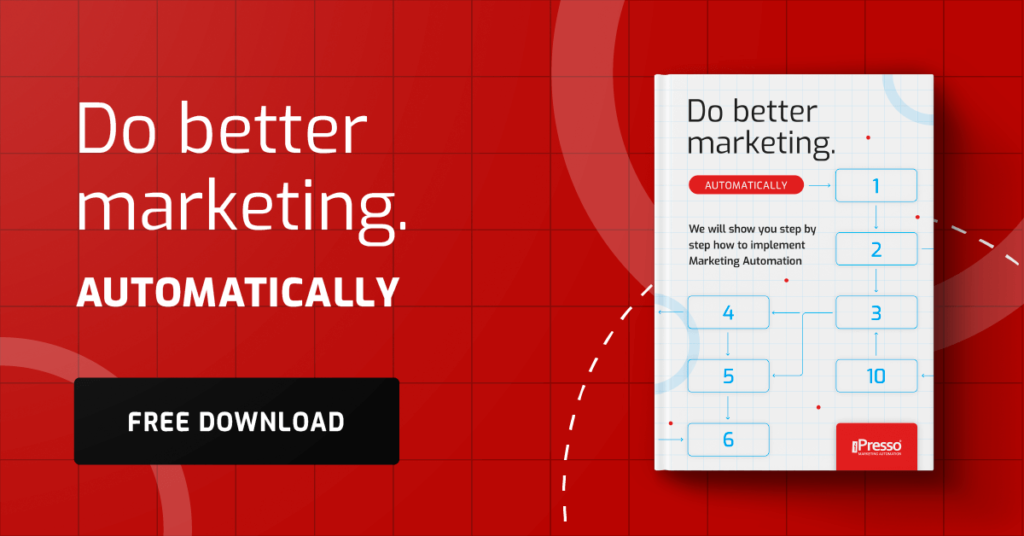You only get one chance at… onboarding. How to make customers fall in love with your brand from the first email?

The first contact with a customer is an important moment. Like the first meeting on a date – you either shine from the very beginning, or lose the chance for a second one. In marketing, first impressions can’t be undone, and onboarding is the only opportunity to make them truly memorable.
Statistics don’t lie: brands that have perfectly mastered the art of onboarding record much higher customer retention (source: UserGuiding). This is no coincidence – it’s the result of a well-thought-out strategy that transforms casual contacts into loyal brand ambassadors.
The first email decides everything
When a customer provides his or her email for the first time, that’s when it all begins. It’s not just signing up – the user at that point says “okay, I’ll trust you, but I’m hoping for something of value in return.” This is such a turning point in your relationship. The customer gives you a chance, so you have to prove that it was worth it. The first onboarding email is your company’s calling card, which can determine whether or not you pique the customer’s interest.
Today’s audiences are merciless – they have thousands of options and zero patience for brands that disappoint them. If the first experience is mediocre, indifferent or – even worse – annoying, you won’t build customer trust and win their loyalty. The iPresso system allows you to personalize this crucial moment. Thanks to segmentation based on interests and activity, you can prepare a message that hits the exact needs and expectations of each recipient.
This is why customers don’t read emails
The ideal onboarding email is much more than a standard “Welcome.” It’s a carefully composed combination of elements that build an emotional connection with the brand. The subject line of the email must break through the dozens of other messages in the inbox. Instead of a generic “Thank you for registering,” try something that sparks curiosity like: “Your adventure with [brand name] is about to begin” or “[Name], we have something special for you.” Create personalized messages. True personalization is not just inserting a name into the content. It’s understanding the context in which the customer signed up, their preferences and stage of the customer journey. iPresso allows segmentation at an advanced level, so you can send emails with dynamically changing content, depending on the activity of a given contact.
Remember – the customer doesn’t want to read about how great your company is. He wants to know what he’s specifically gaining. Whether it’s exclusive access to content, a discount code or a guide that solves his problem – the value must be tangible and immediate. The most effective onboarding strategies don’t focus on products – they focus on emotions. Customers buy not only solutions, but especially feelings: security, prestige, belonging, satisfaction. In onboarding emails, you can tell the brand’s story, but not from the company’s perspective, but from the customer’s side. Show how other similar users found the answer to their needs in the offer. People love to feel part of something bigger. A great model is the Nike brand and the partnerships with athletes who use its products. The company’s website even has a brief description of athletes using Nike products tailored to their preferences.
Check out how iPresso’s contact database management works. Click here and read more about it.
Without multichannel onboarding is doomed to failure
Email is just one element of marketing automation. Effective onboarding is a combination of multiple points of contact with the brand: website, SMS, or push notifications. Consistency of message across all channels is key. A customer who receives a welcome email should also find similar values on the brand’s social media profile or in a subsequent SMS message. This builds a sense of professionalism and credibility. With Marketing Automation, you’ll create a scenario in which a customer sees a personalized pop-up ad on your website after opening a welcome email, and a few days later receives an SMS with a discount code for their first order.
Mistakes that destroy first impressions
The worst thing you can do is to treat onboarding as a formality. Schematic and non-personalized emails sent to all recipients is a shot in the foot. Each segment of the base is different people with different needs. The second major mistake is information overload. A customer who is just getting to know a brand does not want to receive a complete product catalog. He wants to know one specific value that attracted him to you. It’s also a mistake to segment customers improperly, even if only due to a cluttered database. You don’t group customers so that a random 90% get a welcome message with a recommendation of product X, and the remaining 10% with an ad for Y, even though 50% of the recipients are curious about commodity Z. Only with segmentation based on correctly collected data will you create campaigns well-tailored to each customer.
Summary
Onboarding is definitely more than the first email – it is the foundation of a long-term customer relationship. Effective onboarding combines the technological capabilities of Marketing Automation with an understanding of consumer psychology and even specific context. It’s a process that should be both professional and focused on delivering key value to a specific audience.
Investing in a marketing automation system for preparing and sending welcome messages is an investment in the future. Want to create onboarding that actually works? Fill out our brief and turn your first contacts into long-term, profitable relationships.



